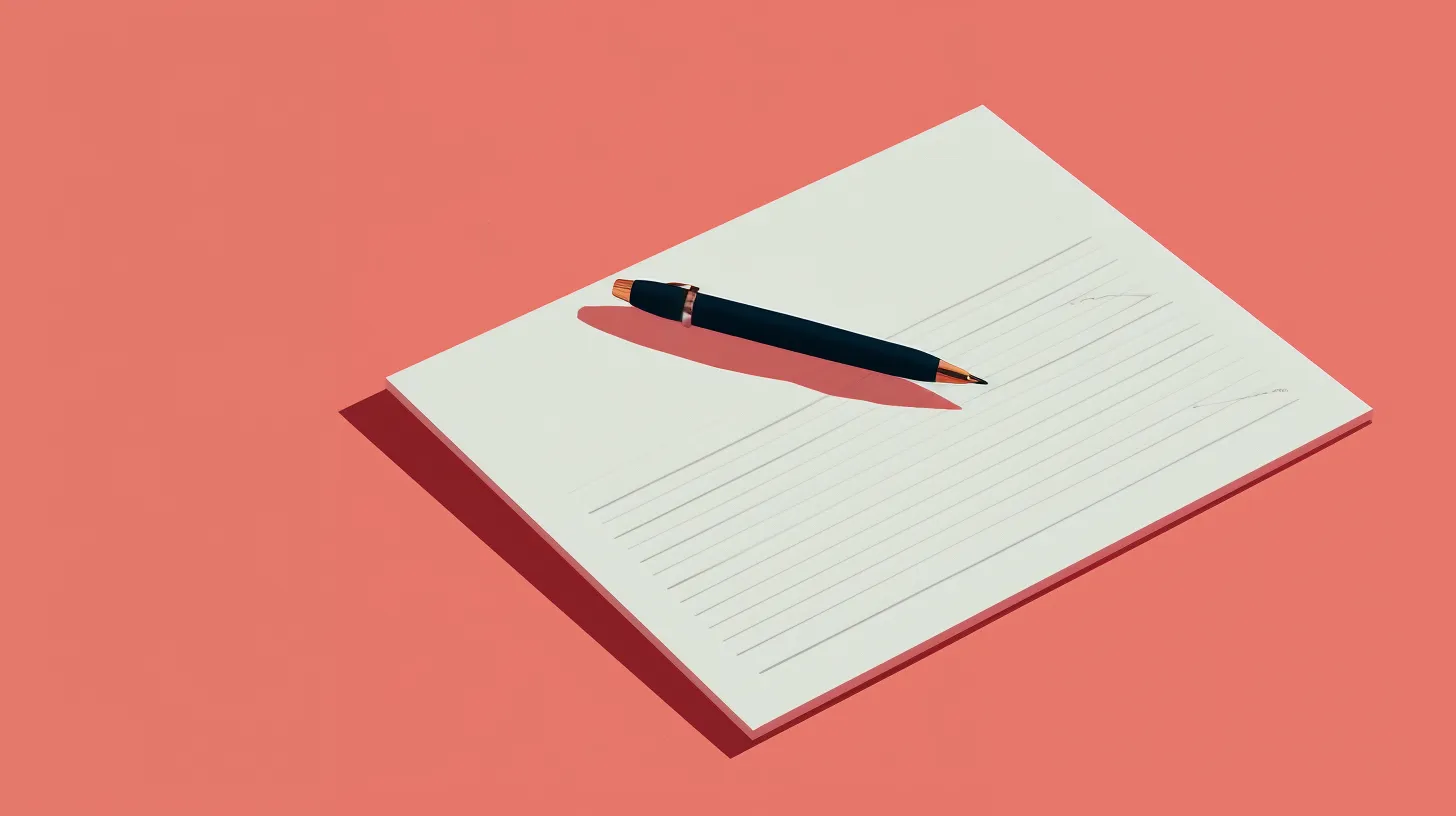How to Write a Great Resignation Letter
Download our free resignation letter template to start your career transition. Essential tips included for a professional exit.

It's that time of the year again where you have had a chance to review all your goals and it's time for a change. Embarking on a new career journey often starts with a significant step: composing a resignation letter. Whether transitioning to a thrilling new opportunity or exploring different career paths, crafting a professional resignation letter is a key element in your career transition. This comprehensive guide aims to provide you with essential tips to create a resignation letter that is both professional and reflective of your time with your current employer.
Essential Elements of Your Resignation Letter
Start with the Basics
Begin your letter by clearly stating your position and the date you intend to leave. Keep the introduction brief, professional, and to the point. Remember, this letter serves as a formal notice to your employer and will be part of your professional records.
Offer to Assist in the Transition
Show your commitment to a smooth transition by offering to train your replacement or assist in the handover process. This gesture demonstrates professionalism and leaves a positive impression.
Express Gratitude
Regardless of your reasons for leaving, it’s important to thank your employer for the opportunities and experiences gained. Mention specific aspects or learnings from your role that you've appreciated. A note of thanks can greatly impact how you're remembered.
What to Avoid in Your Resignation Letter
Keep your letter concise, professional, and free from negative remarks. Avoid going into too much detail about why you're moving on, and refrain from negative comments about your colleagues or the company. Remember, this document will be part of your professional history.
Final Steps Before Submission
Review your letter for tone and clarity. Ensure it reflects your professionalism and maintains a respectful tone. Submit your resignation letter promptly after informing your manager, maintaining the formalities of the resignation process.
Additional Steps to Consider
In addition to the personal communication with your manager, you might consider sharing a message on your company's internal channels or team Slack. A public post on social media, expressing gratitude and reflections, can also be a thoughtful gesture. However, it's crucial to maintain the same level of professionalism as in your resignation letter. These platforms can also serve as a means to inform your network about your availability for new opportunities, as illustrated in the following example.

Looking for a free resignation letter template to build on? Access the link below by subscribing for our free newsletter:
Conclusion
A resignation letter is more than just a formality; it's a reflection of your professional demeanor and approach. By following these guidelines, you can ensure your departure is handled gracefully and professionally, setting the stage for your future endeavors.







